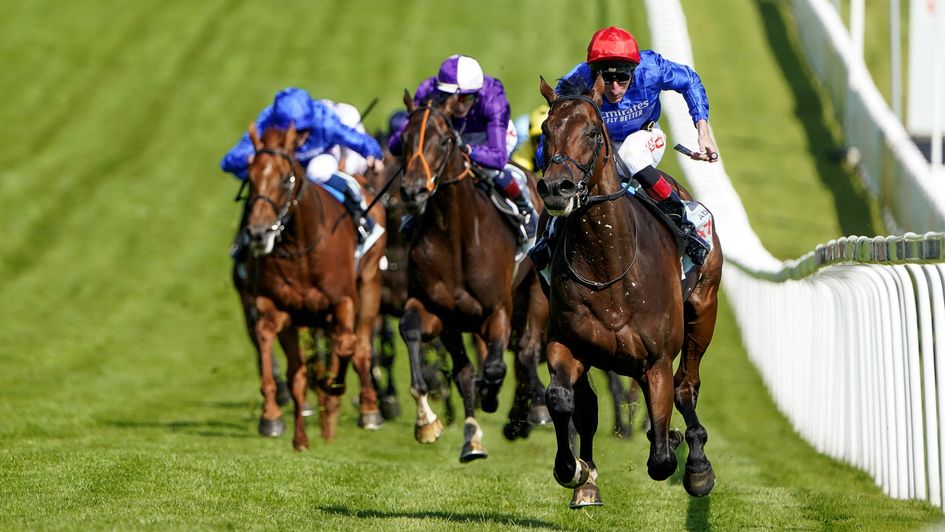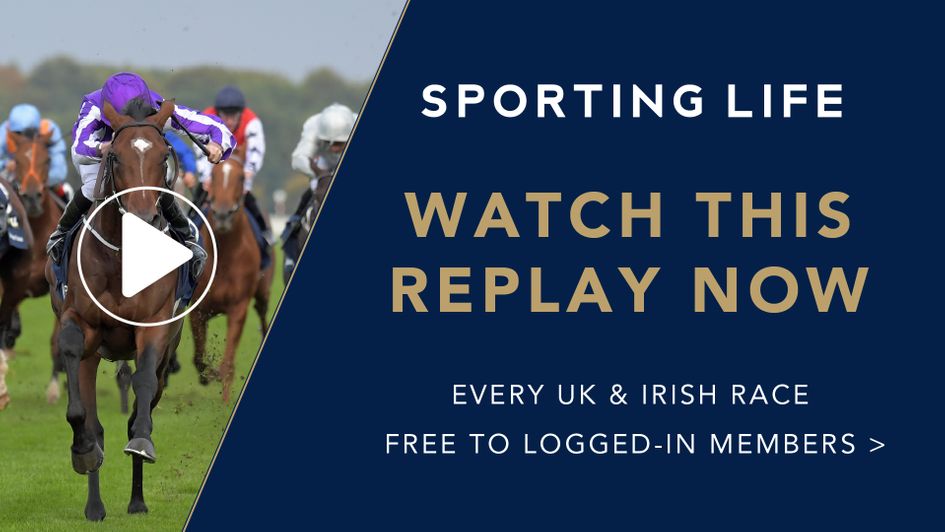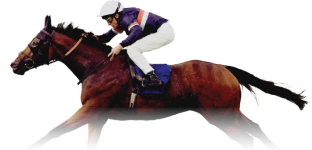Adam Houghton charts the record of three-year-olds in the King George ahead of Derby winner Adayar's Ascot bid.
All eyes will be on Ascot on Saturday for the King George VI and Queen Elizabeth Stakes and an eagerly-anticipated clash of the generations – something which the supposed middle-distance highlight of the summer hasn’t always delivered in recent years.
For most of its history, the King George has been an eminently worthy championship attracting the leaders of the classic generation and the best of the previous season’s middle-distance horses to have stayed in training. In the 1970s, three-year-olds dominated during what many people remember to be a golden era for the King George, providing eight of the 10 winners. Five of those eight – Nijinsky (1970), Mill Reef (1971), Grundy (1975), The Minstrel (1977) and Troy (1979) – had also won the Derby earlier that season, all of them goliaths of the sport.
In total, there have been 23 three-year-old winners of the King George since 1970. Dahlia (1973), Pawneese (1976) and Ile de Bourbon (1978) were the other members of the classic generation to strike during the 1970s, while the two decades which followed also witnessed plenty of success for three-year-olds in the King George. Five members of that age group were successful during the 1980s – including the Derby winners Shergar (1981), Reference Point (1987) and Nashwan (1989) – before another five won during the 1990s, with Generous (1991) and Lammtarra (1995) also doing so having come out on top at Epsom the previous month.
However, it’s fair to say that the general make-up of the King George field has undergone a significant change since the 1990s. The number of three-year-old winners has certainly been down, with just two in the 2000s – Galileo (2001) and Alamshar (2003) – and three in the 2010s – Nathaniel (2011), Taghrooda (2014) and Enable (2017).
It’s not just the lack of three-year-old winners which has given cause for concern. After all, there was a period between 2006 and 2008 when the King George failed to attract a single runner from the classic generation, a disturbing trend which was repeated in both 2015 and 2020. Put simply, the race has been failing to truly realise the objective under which it was first created, that of testing the classic crop against their elders.
In most years when the three-year-old challenge hasn’t been as strong as might have been expected, the first question that people usually ask is ‘where is the Derby winner?’ It would seem the obvious next step, tackling older horses for the first time over the same distance as when successful at Epsom, and the prize money is certainly not to be sniffed at – there was £1.25 million on offer in 2019 before the Covid-19 pandemic caused that to drop to £400,000 for last year’s renewal.
There clearly was a time when it was all but routine for the Derby winner to be targeted at Ascot. In total, 21 Derby winners have lined up in the King George since 1970, including six in the 1970s, four in the 1980s and seven in the 1990s.
Galileo became the eleventh horse during that period to complete the Derby/King George double in 2001, but no horse has done it since and, most interestingly of all, only three Derby winners have tried. Sir Michael Stoute trained two of them, Kris Kin (2003) and Workforce (2010), who finished third and fifth respectively in the King George after winning at Epsom. The last Derby winner to run in the King George was Anthony Van Dyck (2019), who was well held behind Enable at Ascot.
There have been other Derby winners who were earmarked to run in recent editions of the King George, but circumstances have prevented them from doing so. They include Sea The Stars (2009) and Golden Horn (2015), arguably two of the best Derby winners since the turn of the century. Sea The Stars only ran in the Eclipse – a race considered to be too close to the King George for him to run in both – after the prospect of soft going ruled him out of the Irish Derby, while Golden Horn was withdrawn on the day of the King George due to the testing conditions at Ascot.
In the main, however, connections of top-class three-year-olds simply don’t seem to have an appetite to run in the King George. It’s hard to know exactly what has caused this change in attitude, though the fixation of commercial breeders with precocity – and the prejudice against horses who excel over long distances – has almost certainly contributed in some shape or form.
A-mile-and-a half is still the trip over which many of Europe’s premier races are staged, but you only need to look at a horse like Crystal Ocean to realise that high achievement in such company is no guarantee of a successful career in the Flat stallion ranks. Crystal Ocean filled the runner-up spot in successive renewals of the King George, behind Poet’s Word in 2018 and Enable in 2019, so it was therefore a surprise and a worrying sign of the times that he should find himself retired straight to the National Hunt stallion ranks at the end of his five-year-old campaign.
The likes of Galileo, Sea The Stars and New Approach have proved that a Derby winner can still be a consistent source of top-level winners on the Flat when given the right opportunities, but not every Derby winner is afforded the same chance at stud. Indeed, it’s almost certainly no coincidence that the three mentioned had also shown top-class form over a-mile-and-a-quarter to make them more attractive to commercial breeders.
The dominant sire of his era, Galileo has already sired two winners of the King George – Nathaniel (2011) and Highland Reel (2016) – and he will be represented by the likely favourite on Saturday in the shape of Love. There would certainly be no more fitting winner, 20 years after Galileo’s own win in the King George and just two weeks after he had to be put down due to a debilitating foot injury.
If Love would be a fitting winner of the King George, then Adayar would be a symbolic one for what it might represent for the future of the race. Of course, only time will tell whether the King George can ever get back to the race it once was, but victory for the Derby winner Adayar would certainly be a step back in the right direction – the fact he is even running here is a big improvement on what we have come to expect in recent years.
Adayar isn’t without claims either as he finds himself behind only Mishriff and Love on Timeform’s weight-adjusted ratings. He earned a rating of 125 for his victory at Epsom, identifying him as one of the best Derby winners since Golden Horn, and it would be folly to rule out further progress after only five starts. The King George was nominated as his main target straight after the Derby and his presence in the field adds plenty of intrigue to a race which promises to provide one of the highlights of the Flat racing summer in Britain.
Three greats who completed the Derby/King George double
Mill Reef (1971)
Mill Reef was sent off the 13/8 favourite for the King George following scintillating wins in the Derby and the Eclipse. Of Mill Reef’s nine rivals at Ascot, only Irish Ball at 9/2 started shorter than 11/1. The former Italian-trained Ortis had won the Hardwicke Stakes on heavy ground at Royal Ascot by eight lengths, but on good to firm going he proved no match for Mill Reef, who moved smoothly to the front before drawing further and further ahead in the final furlong, winning by six lengths. Irish Ball was well held in fifth. Mill Reef’s display in the King George established him as the outstanding middle-distance horse in Europe well before his equally impressive win in the Prix de l’Arc de Triomphe.
Shergar (1981)
Shergar won the Derby by 10 lengths, the longest winning margin in the race’s history, and he followed that with an effortless success in the Irish Derby before lining up in the King George. Such was Shergar’s reputation that he started at 5/2-on at Ascot, and he duly won with the authority expected. Shergar was briefly forced to wait for a gap on the home turn but quickened in style once getting a clear run. Walter Swinburn set him going in earnest with two furlongs to go and the race was decided in a few moments. Shergar drew clear to record the final win of his brilliant career by four lengths – his only subsequent start resulted in a disappointing fourth in the St Leger.
Generous (1991)
Generous took on his elders for the first time in the King George after establishing himself as the best three-year-old in Europe by completing the Anglo-Irish Derby double. Generous, a 6/4-on favourite, faced eight rivals in what looked a weaker than average renewal of the King George. The pace was strong and, after settling in fourth, Generous made headway on the outside entering the straight and quickly sealed the issue, with Alan Munro looking around for non-existent dangers a furlong out, scoring by seven lengths despite being eased down. Generous became the sixth dual Derby winner to score at Ascot, following on from Nijinsky, Grundy, The Minstrel, Troy and Shergar.











